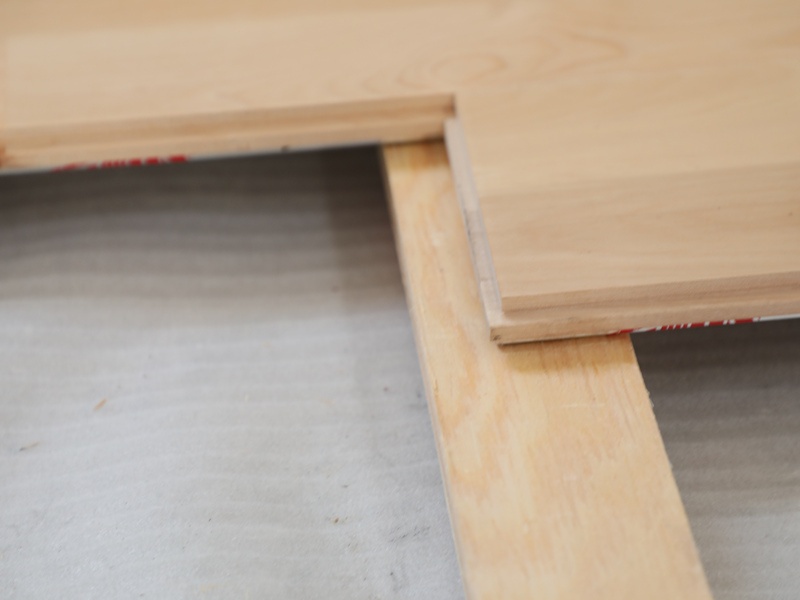
2025-09-16 14:52 Clicks:62
Hardwood basketball court flooring is the preferred choice for professional arenas, school gyms, and high-end private courts. Its superior ball bounce, traction, and shock absorption make it ideal for competitive play. The classic hardwood surface also gives a timeless aesthetic that synthetic materials rarely match. Most importantly, well-installed hardwood floors can last decades with proper maintenance, making them a long-term investment for any sports facility.Portable Wood Flooring for Sports Events

The most popular species is maple, specifically northern hard maple, prized for its dense grain and consistent performance. Other options include birch and beech, which offer similar durability but slightly different aesthetics. Maple provides a light, uniform color that enhances visibility and reduces glare, while birch may present a slightly warmer tone. Each type of hardwood basketball court flooring meets the standards of major sports organizations such as FIBA and the NBA.
A professional hardwood basketball court flooring system typically consists of several layers:
Surface Layer: Solid maple or other hard hardwood planks, usually 20–25 mm thick.
Subfloor: Shock-absorbing pads or resilient sleepers that provide force reduction and protect athletes’ joints.
Moisture Barrier: A vapor-retardant layer to prevent warping and expansion due to humidity.
Concrete Base: A level and stable concrete slab to support the entire structure.
This multi-layer design balances performance with long-term stability, ensuring a consistent playing surface.
The cost of hardwood basketball court flooring varies by location and project size. On average, professional-grade maple courts range from $7 to $20 per square foot installed, which includes labor, materials, and finishing. For a full-size NBA court of approximately 4,700 square feet, the total cost can range from $30,000 to over $90,000, depending on custom graphics, finishes, and subfloor systems.
Installation requires skilled professionals:
Prepare and level the concrete base.
Install moisture barriers and shock pads.
Lay and secure the hardwood planks with tongue-and-groove joints.
Sand, seal, and finish the surface with durable sports coatings.
Proper maintenance ensures hardwood basketball court flooring maintains its quality for decades. Daily dust mopping and weekly damp mopping keep debris from scratching the finish. Floors should be screened and recoated every 1–2 years and fully sanded and refinished every 7–10 years depending on usage. Maintaining ideal indoor humidity (35–50%) is essential to prevent warping or gaps.
Optimal Ball Response: Hardwood offers consistent ball bounce across the court.
Athlete Safety: Shock-absorbing subfloors reduce joint strain and injuries.
Professional Look: The polished wood grain provides a classic and visually appealing finish.
Long-Term Value: With proper care, hardwood courts can exceed 30 years of service life.
Many believe synthetic sports floors are always cheaper in the long run. However, when maintained correctly, hardwood basketball court flooring often outlasts synthetic alternatives and delivers better playability. Others assume hardwood is too high-maintenance, but modern sealants and cleaning systems have simplified upkeep dramatically.
Hardwood basketball court flooring remains the ultimate choice for professional and high-performance play. From its superior shock absorption to its iconic look, it provides both athletes and spectators with the best experience. Whether for a community gym, school sports hall, or private home court, investing in high-quality hardwood ensures durability, safety, and a true professional feel.